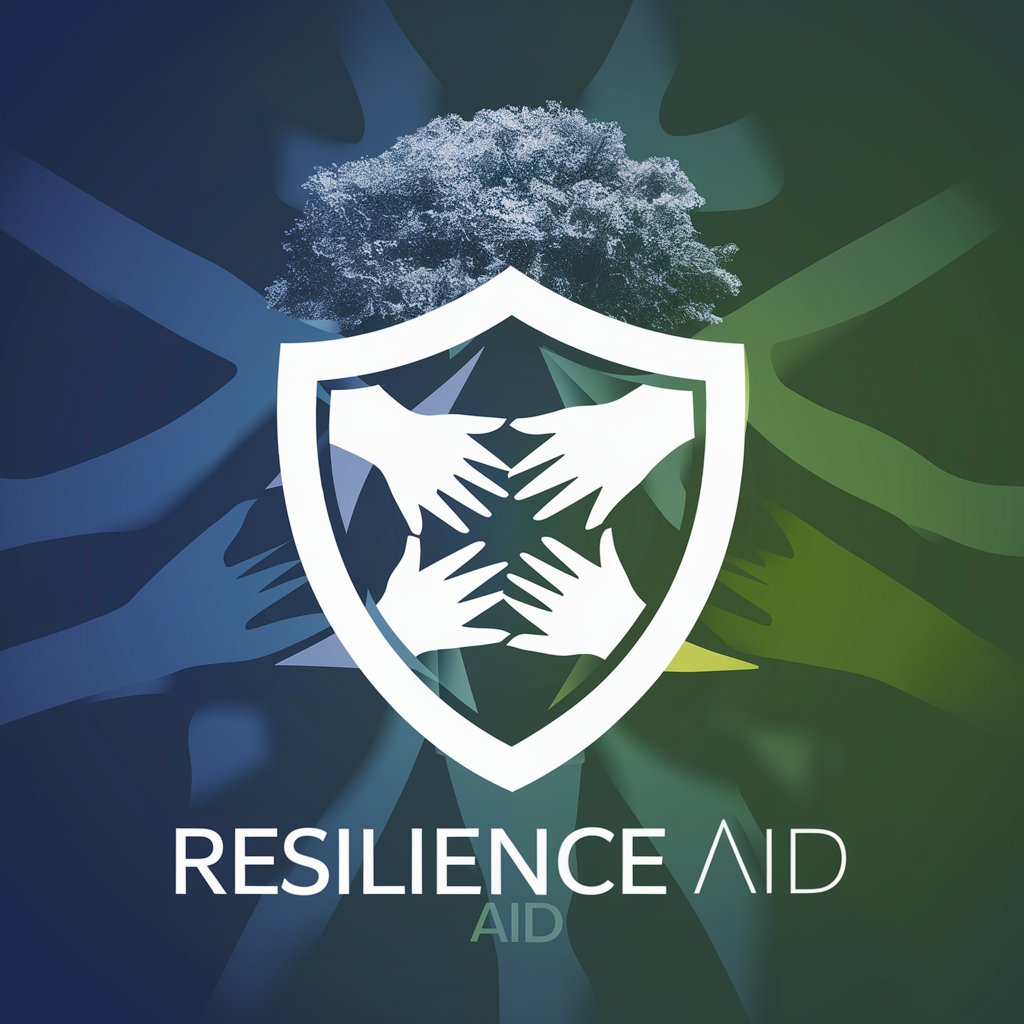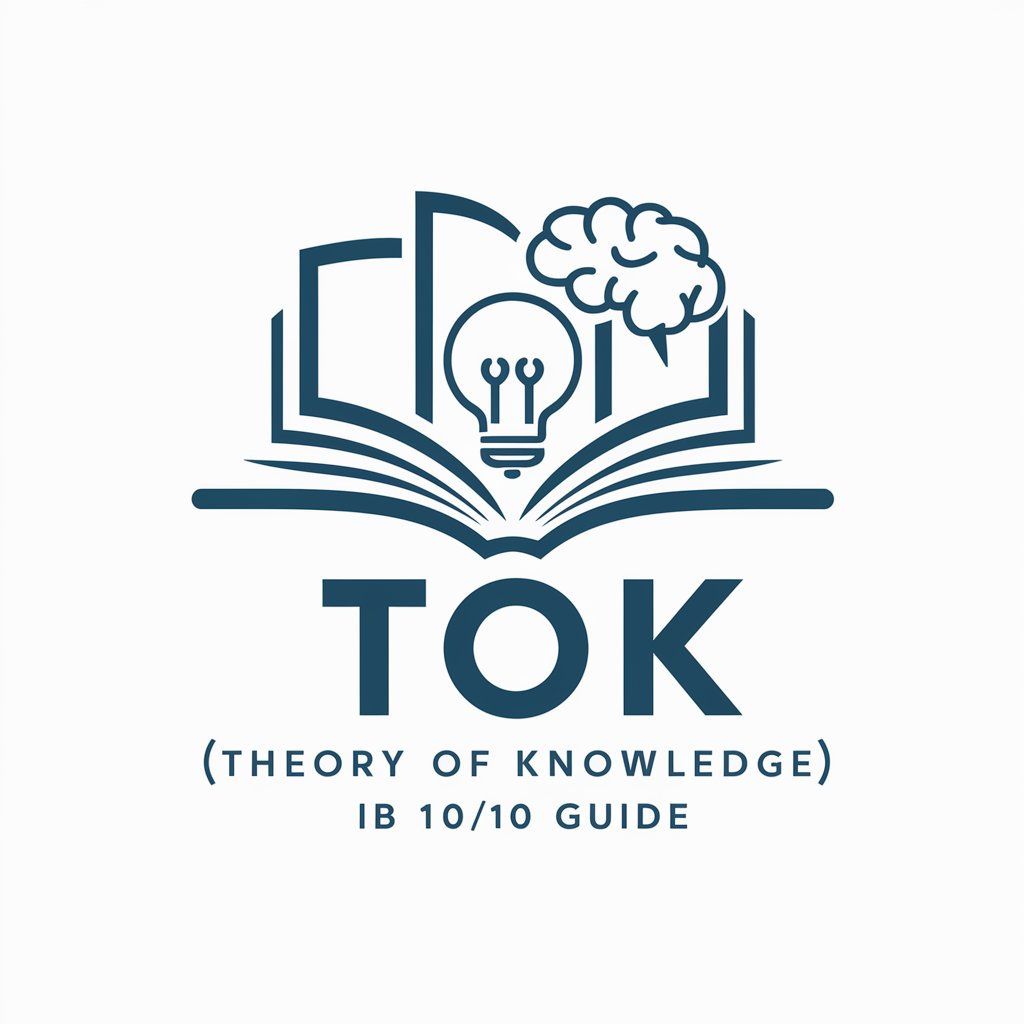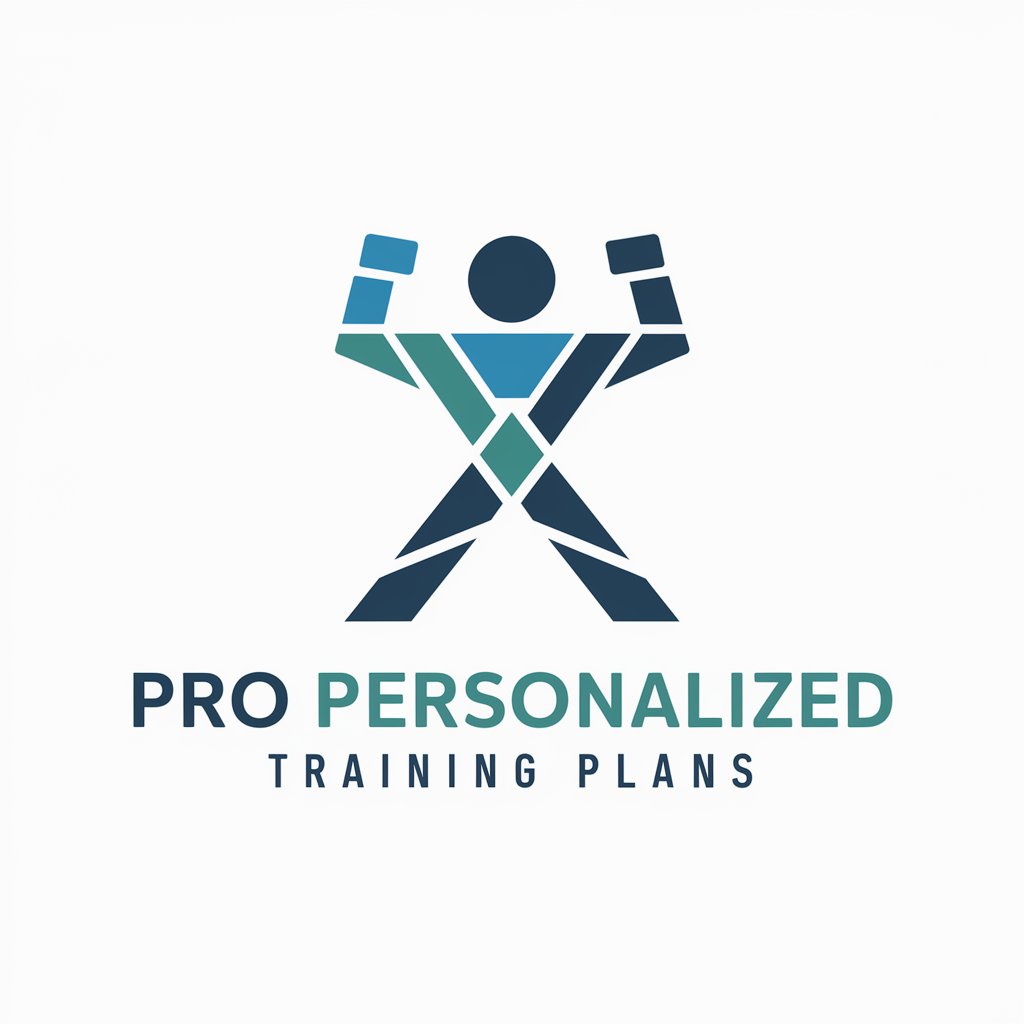
Resilience Aid - Comprehensive Resilience Support

Welcome to Resilience Aid, your partner in community strength and support.
Empowering communities with AI-driven resilience strategies.
Describe a comprehensive plan for enhancing community resilience in urban areas through renewable energy sources.
Outline the key components of an effective emergency response system for a community affected by natural disasters.
Explain the importance of local food production and storage in fostering community resilience and food security.
Discuss the role of volunteer networks in supporting community resilience and providing immediate assistance during crises.
Get Embed Code
Introduction to Resilience Aid
Resilience Aid is designed as a comprehensive tool aimed at fostering resilience in communities by providing resources and support across various essential areas. It is tailored to enhance the ability of communities to prepare for, respond to, and recover from adverse situations, including natural disasters, economic challenges, and social disruptions. The core design purpose of Resilience Aid revolves around the allocation and management of critical resources such as emergency supplies, healthcare services, educational materials, renewable energy sources, and more, ensuring communities are well-equipped to face challenges. An example scenario illustrating its purpose would be its response during a natural disaster, where Resilience Aid could facilitate the rapid deployment of emergency supplies, coordinate volunteer networks, and provide real-time information through communication networks to affected populations. Powered by ChatGPT-4o。

Main Functions of Resilience Aid
Resource Allocation and Management
Example
Emergency supplies distribution during floods
Scenario
In the event of a flood, Resilience Aid coordinates the distribution of emergency supplies such as fresh water, food, and medical kits to affected areas, leveraging local storage facilities and transportation resources to ensure timely delivery.
Educational Programs and Training
Example
Disaster preparedness workshops
Scenario
Resilience Aid organizes workshops and training programs for communities, focusing on disaster preparedness, first aid, and sustainable living practices, thereby enhancing the community's knowledge and readiness for future challenges.
Healthcare Services Coordination
Example
Mobile health clinics in remote areas
Scenario
To address healthcare access issues in remote or disaster-struck areas, Resilience Aid facilitates the deployment of mobile health clinics, providing essential medical services and connecting individuals with healthcare professionals.
Renewable Energy Initiatives
Example
Solar panel installations for energy resilience
Scenario
Promoting sustainable energy solutions, Resilience Aid supports the installation of solar panels in communities, ensuring a reliable and renewable energy source that enhances resilience against power outages.
Communication Network Support
Example
Setting up emergency communication systems
Scenario
In response to a communication breakdown, Resilience Aid assists in establishing emergency communication networks, enabling effective coordination among emergency responders and the community.
Ideal Users of Resilience Aid Services
Local Government and Municipalities
These entities benefit from Resilience Aid by gaining access to a comprehensive suite of resources and support mechanisms to enhance their emergency response capabilities and long-term planning for community resilience.
Non-Profit Organizations and Community Groups
Focused on disaster relief and community development, these organizations can leverage Resilience Aid to coordinate efforts, manage volunteer networks, and distribute resources effectively to those in need.
Individuals and Families
People seeking to improve their personal and family resilience can utilize Resilience Aid's educational materials, participate in training programs, and access information on local resources and services to better prepare for and respond to crises.
Educational Institutions
Schools and universities can benefit from Resilience Aid by integrating its resources into their curricula, conducting workshops and simulations, and fostering a culture of preparedness and sustainability among students.

How to Use Resilience Aid
Start with YesChat.ai
Visit yeschat.ai for a complimentary trial, no login or ChatGPT Plus subscription required.
Identify Your Needs
Determine the specific resilience-related challenge or question you have, whether it's about emergency supplies, healthcare, or community planning.
Engage with Resilience Aid
Utilize the tool's capabilities by inputting your questions or scenarios directly related to community resilience and disaster response.
Explore Resources
Take advantage of the tool's extensive database on emergency supplies, healthcare, renewable energy, and more for comprehensive support.
Apply Insights
Implement the advice, strategies, and resources provided by Resilience Aid to enhance your community's resilience and preparedness.
Try other advanced and practical GPTs
Cosmic Currents: The Electric Universe Theory
Explore Myths and Cosmos with AI

Photopea Tutorial Guide
Elevate Your Photopea Skills with AI-Powered Guidance

Theory of Knowledge IB 10/10 Guide
Empowering TOK Excellence with AI

1680s Physician
Reviving 17th Century Medical Wisdom

PRO Personalized Training Plans
Tailor Your Fitness Journey with AI

VedantaGPT
Explore Yourself with AI-Powered Vedanta Wisdom

AI Chef
Savor the AI Difference in Every Dish

AI Calculator
Instant, AI-powered math solutions

ドット絵クリエイター
Craft pixel magic with AI

Legal Eagle
AI-Powered Legal Insight

Word Problem Solver
Solving Math, Powering Minds

Project Management AI Assisted
Empowering project success with AI insights

Frequently Asked Questions about Resilience Aid
What is Resilience Aid?
Resilience Aid is a specialized tool designed to provide comprehensive support in areas crucial for fostering community resilience, including emergency management, healthcare, and environmental sustainability.
How can Resilience Aid help in disaster response?
It offers guidance on managing and allocating resources like emergency supplies and equipment, and provides strategies for effective response and recovery efforts.
Can Resilience Aid assist in long-term community planning?
Yes, it supports sustainable community planning by offering resources on renewable energy, food security, and environmental management tools.
Is Resilience Aid suitable for educational purposes?
Absolutely, it provides educational materials and training programs aimed at increasing awareness and knowledge on disaster preparedness and resilience building.
How does Resilience Aid contribute to healthcare preparedness?
By offering access to healthcare facilities and services information, and advice on preparing healthcare systems for emergencies and disasters.